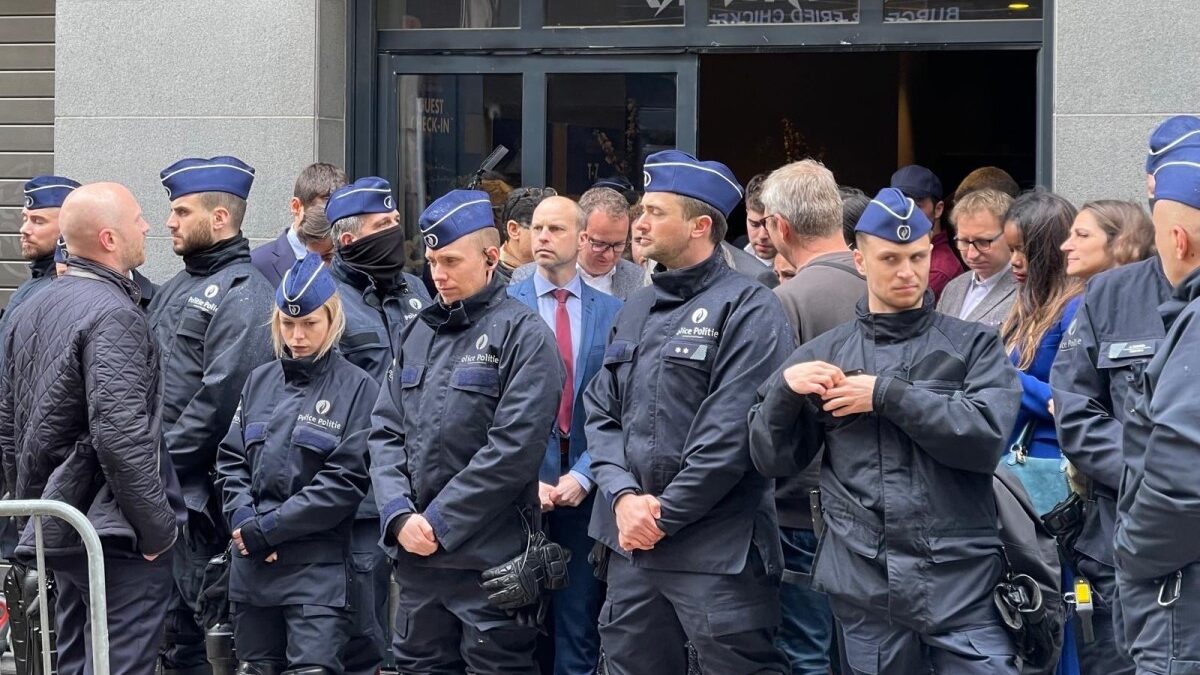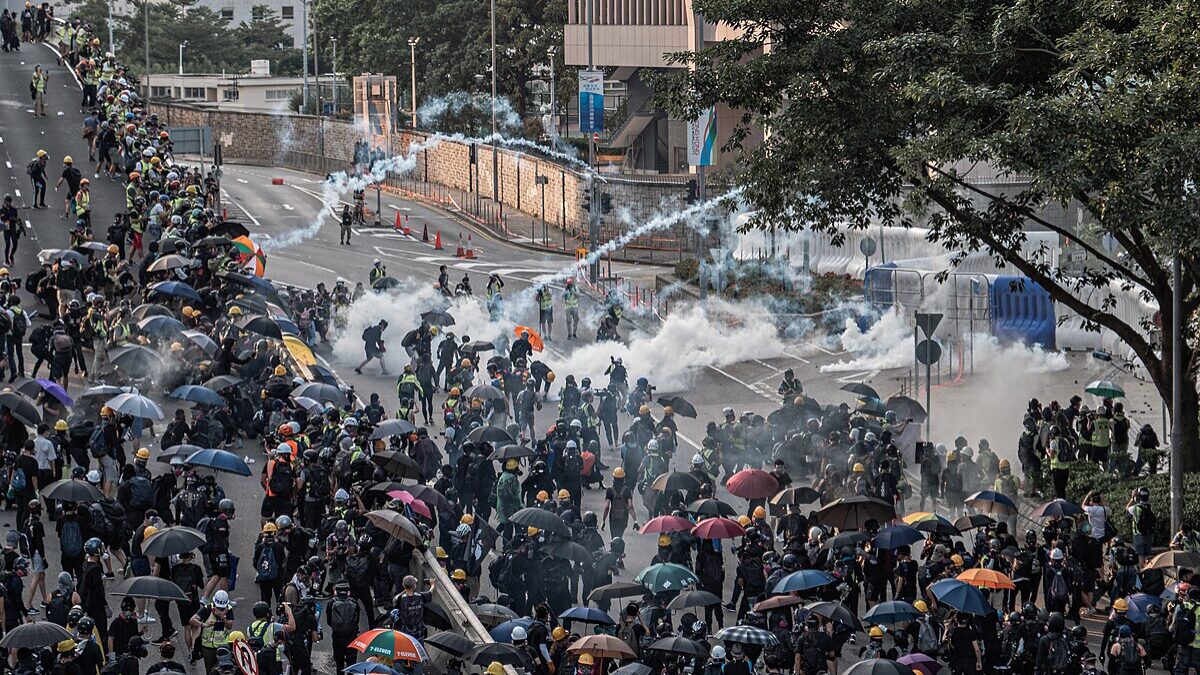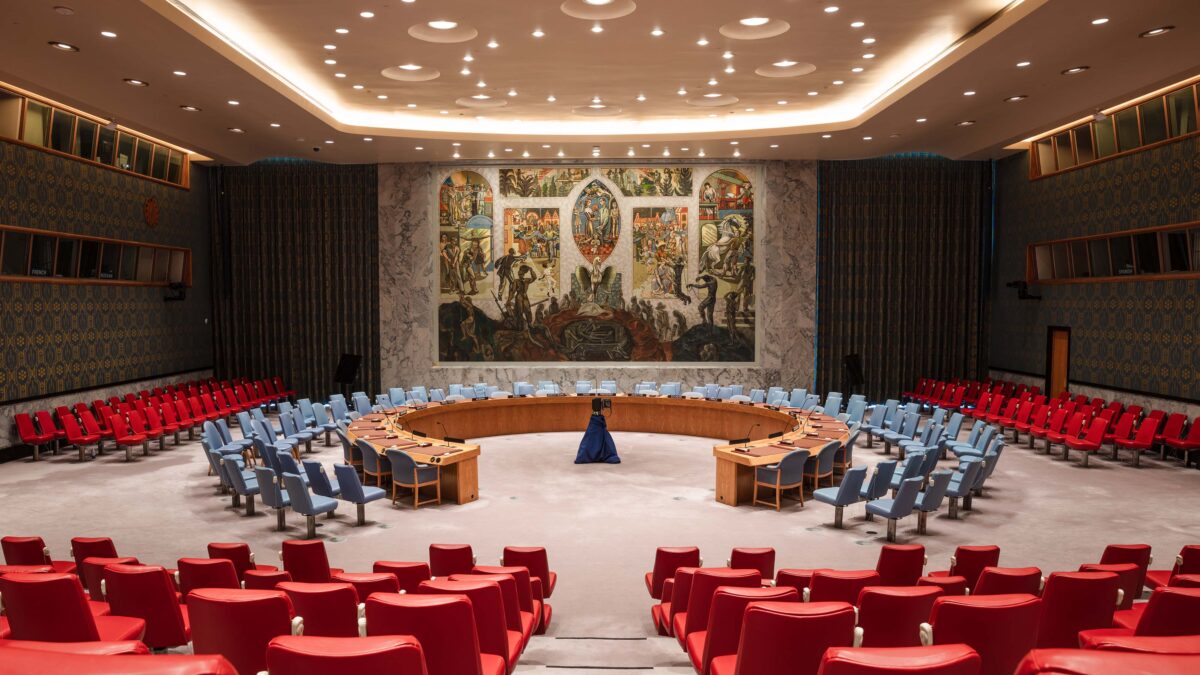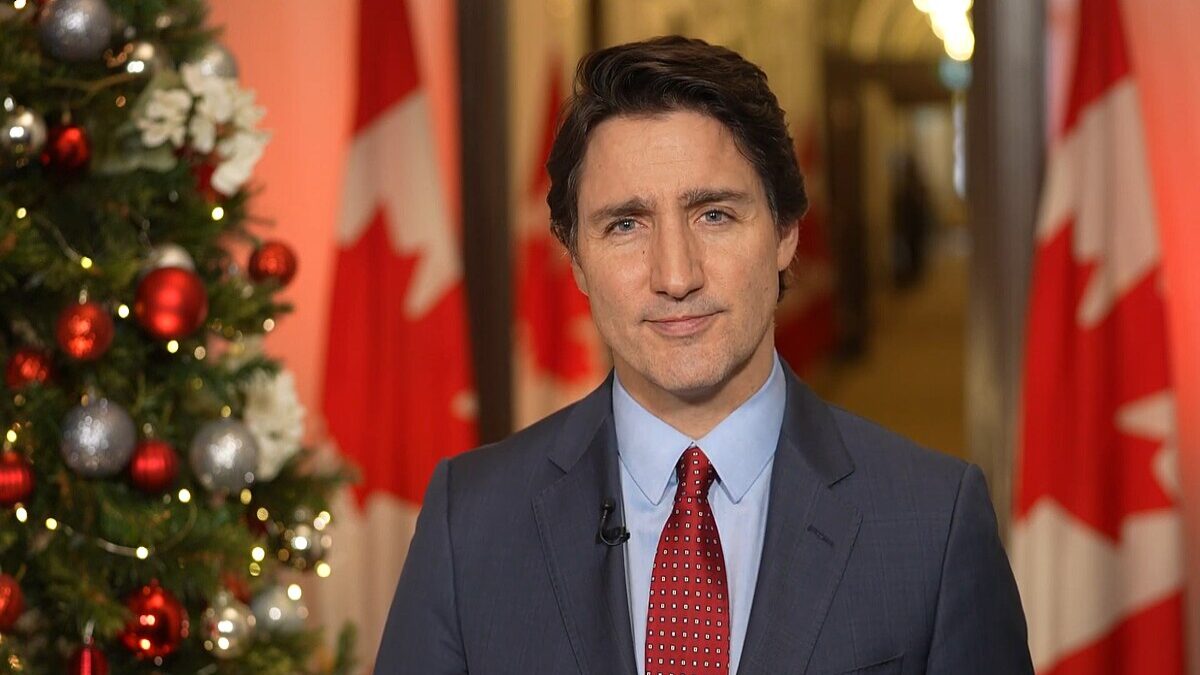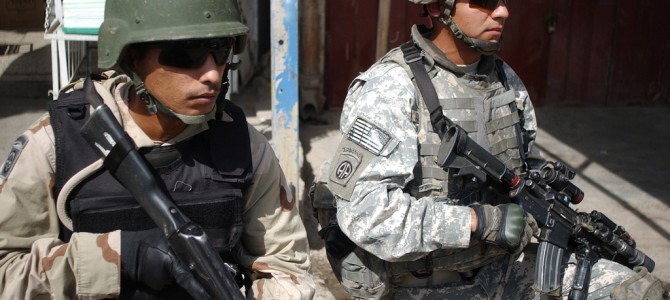
The New York Times has uncovered a real scandal, without doubt. For years, U.S. service members were exposed to harmful chemicals from rotting Iraqi weapons that either weren’t supposed to be there, or weren’t supposed to be there in such large numbers. When confronted with the reality that we’d underestimated how much chemical slime was lying around in Iraq—and how much of it was hurting our people—the Pentagon apparently buttoned up the whole matter.
That’s a story in itself. So why did the Times feel the need to include a subtext, in just a few sentences buried in many thousands of words, that would almost certainly overwhelm the more important story of American servicemen denied proper treatment?
This narrative says the chemicals poisoning our own soldiers were, in some way, of our own making:
The United States had gone to war declaring it must destroy an active weapons of mass destruction program. Instead, American troops gradually found and ultimately suffered from the remnants of long-abandoned programs, built in close collaboration with the West. [emphasis added]
And in case you’re not getting it:
The discoveries of these chemical weapons did not support the government’s invasion rationale.
After the terrorist attacks of Sept. 11, 2001, [President George W.] Bush insisted that [Saddam] Hussein was hiding an active weapons of mass destruction program, in defiance of international will and at the world’s risk. United Nations inspectors said they could not find evidence for these claims.
Did I miss a memo? Were these weapons caches supposed to be the entire rationale for the invasion? I thought it had to do with the American accusation that Hussein was hiding many kinds of WMDs, including a possible nuclear program, as well as his ultimate defiance of the United Nations. Clearly, the Times and I remember Operation Iraqi Freedom somewhat differently.
‘Close Collaboration?’ Seriously?
But come on: this is a big deal in any case, right? It’s all about irony: didn’t Saddam Hussein get those weapons from Ronald Reagan, or George Bush, or somebody in the United States? Well, in a “we report, you decide” kind of way, the Times lets you draw your own conclusions:
In five of six incidents in which troops were wounded by chemical agents, the munitions appeared to have been designed in the United States, manufactured in Europe and filled in chemical agent production lines built in Iraq by Western companies.
This is what counts as “close collaboration” with “the West.” But, true to journalistic ethics, it’s not actually “false.” It’s completely true, for example, that 155-millimeter shells were “designed in the United States.”
In the 1930s.
That’s about one degree off from saying Saddam’s Scuds were “designed in the United States” because of Robert Goddard’s backyard rocket tests. The shells referenced in the Times report were not from the United States, as it turned out, but copies made in Italy and Spain. And they were filled with chemicals manufactured in “production lines” inside Iraq built by private firms from Europe (facts reported well over a decade ago). “Close cooperation,” indeed.
Why was all this covered up? The Times says it was due to…well, multiple reasons. Among their sources is a retired Army major named Jarrod Lampier, who conveniently expresses an unfounded conclusion in a way that the report itself cannot.
Participants in the chemical weapons discoveries said the United States suppressed knowledge of finds for multiple reasons, including that the government bristled at further acknowledgment it had been wrong. ‘They needed something to say that after Sept. 11 Saddam used chemical rounds,’ Mr. Lampier said. ‘And all of this was from the pre-1991 era.’
But, as the Christian Science Monitor’s Dan Murphy notes, whatever the other merits of the Times’s story, Lampier’s theory “doesn’t really make sense.” More likely, as Murphy notes, “the source of the secrecy was how inadequately funded and resourced US ordinance disposal efforts were in Iraq, particularly around chemical weapons,” but the retired major’s muddled conspiracy theory probably sounded better to the Times.
Three False Narratives Emerge Instantly
Does any of this really matter? It’s not like this casual retelling of the old “we armed Saddam” myth is going to interfere with the more important story of the mistreated soldiers, would it? Of course it would, and of course it did. Social media, especially Twitter, was instantly ablaze with three major narratives, none of which were the central story:
1. See! Iraq had chemical weapons all along! Bush was right!
Except we knew this already, as the Times rightly pointed out. We just didn’t know there’d be this many. (The Iraqis were big diggers and buried a lot of it.) Right-wingers and Bush defenders had a field day with this, as if it were new, or news. It isn’t.
2. See! The Bush administration was (lying, dumb, misleading—take your pick) in going to war.
This one is kind of strange, because it forces critics of the war to straddle their original point that there were no WMD in Iraq to begin with. Their answer, helpfully provided by the Times, is that these weren’t the droids…er, weapons…we were looking for. As the Kennedy School’s Stephen Walt tweeted almost instantly: “Key line in amazing NYT piece on Iraqi chem wpns: The discoveries… did not support the [U.S. government’s] invasion rationale.”
That’s not the first takeaway I would have drawn from thousands of words about injured military people, but then, I’m not still re-litigating the war, either.
3. See! We covered it up because our guys paid for our own sins, and we didn’t want anyone to know that our own weapons hurt our people.
This is the really pernicious subtext that a lot of people, smart or otherwise, took away from this, and versions of it quickly streamed through my Twitter timeline under the hashtag #chemicalweapons. For example, here’s a random tweet (of many), a photographer in Egypt (why not) named Timothy Kaldas: “Riveting report by @nytimes into US military coverup of old #ChemicalWeapons in #Iraq produced by US & allies in 80s”. Great tweet. Wrong, but a great story. And based on an impression easily drawn from the Times story.
So why would the Times do this? I have to agree with writer Joshua Foust, who admonished me that it’s not a reporter’s fault if (in Foust’s words) stupid people pull the wrong subtext from a story. But if so many people, from a Harvard University professor to a random guy in Egypt, are pulling a secondary or even wrong subtext from the story, then there has to be something in the way the story is written.
In sum, the Times reported two stories, one explicit and one implicit in the Times report. The topline is easy: “Wow, we weren’t prepared to find this many chemical weapons, and rather than admit our woeful lack of preparedness, and we let our guys get sick.” The subtext—at least to me and many others—is equally clear. And false: “Wow, Washington covered all this up in order to hide our many years of sinful chemical weapons cooperation with Iraq.”
Whether you believe that second narrative was intentionally inserted into the story depends, I suppose, on whether you think the New York Times is dedicated to fair coverage of American foreign policy.
Tom Nichols is a professor of national security affairs at the U.S. Naval War College and an adjunct at the Harvard Extension School. His most recent book is “No Use: Nuclear Weapons and U.S. National Security (Penn, 2014).” The views expressed here are entirely his own.


